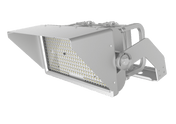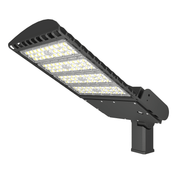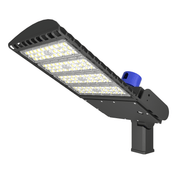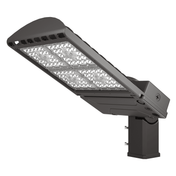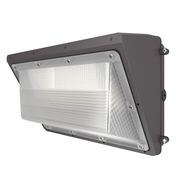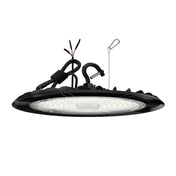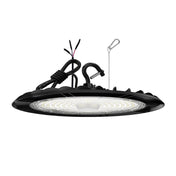One of the biggest questions about purchasing lights for your industrial or commercial space is how many are needed. If you want to replace your existing fixtures with their LED equivalents, we have a post to help you. If you wish to light for a new build or improve your current lighting layout, figuring out what’s needed is a different process altogether.

The requirements for lighting in industrial sites can vary based on the specific type of industry, the tasks being performed, and safety regulations. However, some general requirements include:
-
Adequate Illumination Levels: Different tasks require different levels of illumination. For example:
- General areas may require 100-300 lux.
- Workstations with detailed tasks may need 500-1000 lux.
- High-precision tasks, such as assembly or inspection, may require 1000 lux or more.
-
Uniform Lighting: Lighting should be uniform to avoid shadows and glare, which can lead to accidents and reduce productivity. This is especially important in areas where precision work is performed.
-
Color Rendering: Good color rendering is essential for tasks that require color differentiation. Lighting with a high Color Rendering Index (CRI) is preferred, typically above 80.
-
Energy Efficiency: Industrial sites often require energy-efficient lighting solutions to reduce operational costs. LED lighting is commonly used due to its long lifespan and low energy consumption.
-
Durability and Maintenance: Industrial lighting fixtures should be durable and able to withstand harsh conditions, such as dust, moisture, and temperature fluctuations. They should also be easy to maintain and replace.
-
Safety Standards: Compliance with safety regulations and standards, such as those set by OSHA (Occupational Safety and Health Administration) or local regulations, is crucial. This includes using explosion-proof fixtures in hazardous areas.
-
Emergency Lighting: Adequate emergency lighting is necessary to ensure safety during power outages or emergencies. This includes exit signs and backup lighting systems.
-
Task-Specific Lighting: In addition to general lighting, task-specific lighting may be required for certain areas, such as machine workstations, inspection areas, or storage facilities.
-
Control Systems: Implementing lighting control systems, such as motion sensors or dimmers, can enhance energy efficiency and adapt lighting levels based on occupancy and daylight availability.
-
Ergonomics: Consideration of the ergonomic aspects of lighting, such as reducing glare and providing appropriate light levels for different tasks, can improve worker comfort and productivity.
In summary, industrial lighting requirements focus on providing adequate, uniform, and energy-efficient illumination while ensuring safety and compliance with regulations.


